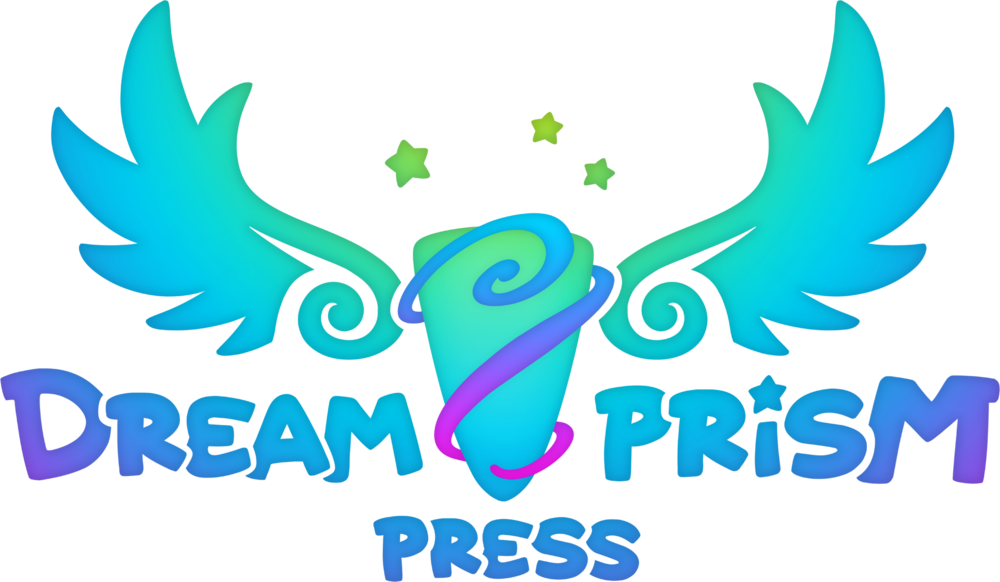One of the most difficult aspects of transforming a 3D object into a 2D image is understanding perspective. After many years of determining the best method, artists looooooong ago created a system for determining correct line placement in one, two, and three-point perspective. I'm sure you've at least come across these at some point if you've ever tried to draw a landscape image that uses complex shapes.
Despite using mostly organic shapes in its design, Dreamside has quite a lot of scenes with rigid objects. For example, Sarah's patient room, the hospital interior, and the large city surrounding the hospital itself all feature sets that require careful perspective planning. Today's video focuses on Clip Studio's incredibly useful "perspective ruler" that's designed to assist artists in this time-consuming process.
It's amazing to see how technology can improve and speed up our workflow as artists. If you're a more artistically-inclined Dreamside fan, feel free to share links to your own perspective work (no large attachments, please!) via my contact page. See you next time, Dreamers!


